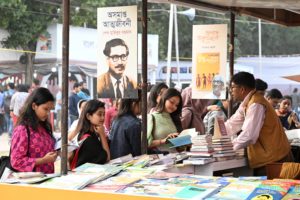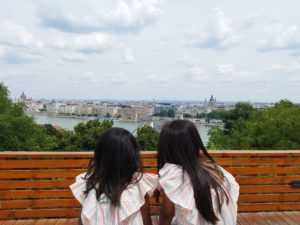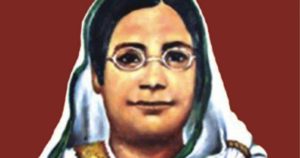Bangladeshi Rickshaw Painting: A Visual Delight

Bangladeshi Rickshaw Painting: A Visual Delight
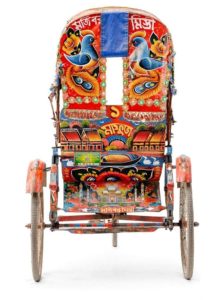
“Bangladeshi Rickshaw Painting” is one of the traditional artworks of Bangladesh which is focused on vibrant colors. It is mostly popular as the beautiful artworks present on rickshaws, the vehicle that runs on physical labor. These artworks can also be created on a canvas or any other object. The artists of this kind of work are primarily based in the rural areas of Bangladesh, where they follow the tradition passed down to them from their ancestors.
Rickshaw Painting first came into limelight during the 1950’s, picturizing societal forms, religious aspects and Bangladeshi actors and actresses. During 1971, the oppression of Bangladeshi people (former East Pakistan) by present day Pakistan (former West Pakistan) became a prominent method of storytelling via Rickshaw Painting. Eventually, this form of artwork served to play a major role in promoting products of the Bangladeshi film industry or what is called Dhallywood. Stars and incomparable gems of Dhallywood like the late legend Razzak, Alamgir, Shabana, Bobita are some whose fame grew because of their images being portrayed through Rickshaw Painting, alongside their amazing performances on screen. At that time, Rickshaw Painting served as the non-technological social media and people fangirled their favorite stars through this method when they were not on-screen.
Those were the good old days when these pieces of beautiful artwork reached levels of popularity; however, present-day circumstances make it harder for the artists to find customers. Transportation like rickshaws almost no longer use Rickshaw Painting because digital prints are the more efficient, thereby preferred option. Typically, Rickshaw Painting takes about a week to completely finish whereas digital prints take only a few minutes. Digital painting may be fast, but it fails to capture the raw beauty of intricate artwork and the passionate hours an artist spends on this craft. As a result, the number of Rickshaw Painting artists are seeing a decline in the market and most artists have shifted to other or additional professions for their livelihoods.
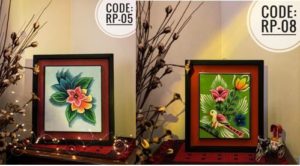
In hopes of saving the memories of their ancestors in this niche market, some artists are attempting to keep this artwork alive by transcending from transportation to framed versions or home decor as in lanterns.
While luck seemed to support them for a brief time, covid-19 added to their misery and strangled their hope for Rickshaw Painting’s survival. In order to support these local artists and the cultural aspects of our origin, a Dhaka-based, non-profit organization called, “Pashe Achi Initiative” collaborated with a Facebook based shopping/retail company called, “Shilpogram.” Pashe Achi Initiative aims to support the underrepresented and the needy whilst Shilpogram works closely with the artists who would have disappeared if Shilpogram had not intervened to feature them and their extraordinary creations.
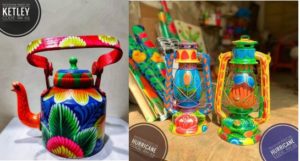
These exceptional pieces of visual delight can rest on your study table, hang on the walls of your living room or can be the next brilliant choice of present for your loved ones. Anyone who is fond of art will instantly fall in love with these.
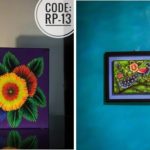
These paintings are up for purchase with or without frames and are Bangladesh-based. In light of the recent devastating flood in Sylhet, Sunamganj and neighboring areas, a portion of the sales for selected paintings will go toward providing care packages for flood victims. If you know someone who is in Bangladesh and who would be interested in owning Rickshaw Paintings, while supporting a noble cause, this is your chance.
Follow Shilpogram on Facebook or Instagram to learn more about them and the purchase options. Follow Pashe Achi Initiative here.
Source:
https://www.travelbeginsat40.com/2019/11/bangladesh-rickshaw-art-photo-journey/
Shilpogram Facebook page.
Images:
Facebook and Google
Read More
The Legacy of Boi Mela
Every year in February, the month-long national book fair welcomes...
Read MoreMillennial Amma: How to Explain a Global Crisis As a Parent
Rumki Chowdhury shares tips for how to talk to children...
Read MoreBegum Rokeya’s Millennials
A tribute to a pioneering Bengali feminist writer, educator and...
Read More